What Is Traction Control And How Does It Work
Traction Control System
Vehicle stability and safety are greatly enhanced by the use of traction control, an essential automotive technology, particularly in difficult driving situations. Traction control is designed to assist you in keeping control of your car whether you’re driving on slick roads, accelerating quickly, or making abrupt curves. This article will examine What Is Traction Control And How It Works, illuminating its significance in contemporary cars.
What Is Traction Control And How Does It Work
Although traction control has been a safety feature for many years in various versions, it became a standard for all new vehicles starting in 2011. A car with traction control is unquestionably safer than one without it, even if it operates in the background like many other automotive safety measures and you might never even realize it.
What Is Traction Control
In situations where traction is poor, such as on wet or slippery roads, traction control, which is sometimes abbreviated as TC or TCS (Traction Control device), is an electrical device that prevents wheel spin and loss of traction. Together with other technologies like anti-lock brakes (ABS) and electronic stability control (ESC), it is an essential part of a car’s stability and safety systems.

To put it simply, traction control assists drivers in avoiding wheelspin and maintaining control of their vehicles in erratic weather conditions by detecting any slide or lack of grip between your tires and the road surface.
The brakes will immediately be applied to that wheel whenever the system detects any slippage or skidding from that wheel, allowing you to securely continue your journey. Due to the effects of snow, ice, and rain on the road surface, traction control is probably going to be significantly more active throughout the winter.
How Does Traction Control Work
Active sensors used by traction control maintain a close check on each tire of a vehicle. These sensors, which function similarly to the anti-lock brake system, can quickly identify any irregularities in the way each tire is moving, including speed, spin, and traction on the road. Essentially, the technology provides drivers more control over their cars to restore equilibrium by slowing down the spinning wheel and transferring power to the wheels with more traction.
Many automobiles will have a flashing dashboard light when the traction control begins to work. Remember that if the light stays on each time you start your engine, the system may be malfunctioning, and this should be treated seriously.
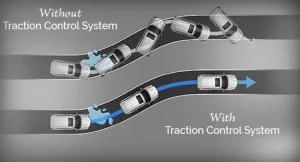
Sensors:
To collect information regarding the vehicle’s speed, wheel speed, and road conditions, traction control depends on a network of sensors. These sensors continually track variables including steering angle, throttle position, and wheel rotation speed.
Detecting Wheel Slip:
When the system notices that one or more wheels are slipping as a result of rapid acceleration or poor road conditions, it intervenes to reestablish traction. Wheel slide, which can result in loss of control, happens when one wheel rotates faster or slower than the others.
Engine Power Reduction:
The main strategy used by traction control is to momentarily cut engine power. The system notifies the engine control unit (ECU) to reduce the amount of power going to the wheels when a wheel starts to lose traction. By stopping the wheel from spinning too much, the tire may reestablish its hold on the pavement.
Applying Brake Force:
Traction control has the ability to apply brake pressure to the sliding wheel or wheels in addition to lowering engine power. Thus, it distributes torque to the wheels with higher traction, aiding in the restoration of the vehicle’s stability. this procedure functions similarly to ABS, it is more concerned with minimizing wheel spin than with retaining steering control during braking.
Throttle Control:
To manage the power supply more precisely, certain sophisticated traction control systems can additionally modify the throttle control. To lessen engine torque, you might do this by only slightly opening the throttle.
When to use Traction Control
No matter how skilled a driver you are, turning off traction control while operating a vehicle on the road is generally not advised since the traction control system may prevent a loss of control far more quickly than you can react while operating the vehicle.

Traction control works best while starting from a stop, slowing down, or trying to accelerate up a steep slope. The use of this technology has several benefits for drivers, including more comfortable driving and help in maintaining control of the car in slick conditions. In this situation, traction control would probably be able to stop an inadvertent power-oversteer slide that would cause a collision.
When To Turn OFF
It’s preferable to have all of your safety systems on when driving in the majority of circumstances. As a responsible driver, you should only turn off traction control when you’re climbing a high slope when the road surface seems to be uneven owing to gravel and stones, or when you’re attempting to free your car from mud. In these circumstances, disabling traction will let the wheels spin a little more, allowing you to gain traction by digging into the more difficult terrain underneath you.

Benefits of Traction Control System
Improved Saftey:
By avoiding wheel spin and assisting drivers in maintaining control, traction control dramatically improves vehicle safety, particularly in slick weather. It lessens the possibility of accidents and the chance of skidding.
Enhanced Stability:
During quick maneuvers, tight bends, and rapid acceleration, the system helps keep the vehicle stable. In high-performance and sports automobiles, this is extremely important.
Extended Tire Life:
Traction control helps keep your wheels from spinning too much, extending the life of your tires. Over time, this may lead to cost savings.
Better Fuel Efficiency:
By enhancing power delivery and minimizing energy loss from tire spin, traction control may help vehicles run more efficiently.
Modern cars include traction control, which works ceaselessly in the background to keep your car steady and responsive under a range of driving circumstances. It assists you in maintaining control of your car by minimizing wheel spin and boosting traction, lowering the danger of accidents, and raising the standard of driving safety. We may anticipate ever more advanced traction control systems that will improve driving comfort and road safety as car technology develops.
Conclusion
As a result of reducing wheel slippage and maximizing tire grip, traction control is a vital safety element that improves vehicle stability and control. Traction control systems are designed to identify and react to situations when there is reduced traction, such as while driving on slick roads or during abrupt acceleration, by continually monitoring wheel speed and other critical data. Grip control helps drivers maintain control and confidence in difficult driving circumstances by precisely adjusting engine power and individual tire brakes, thereby lowering the likelihood of accidents caused by lack of grip.
The efficiency of traction control enhances overall driving performance and comfort in addition to safety. This technology makes it possible for wheels to spin less, which improves handling and allows for smoother acceleration—especially in bad weather. Traction control is still a vital component of contemporary car safety systems, despite advancements in automotive technology. This shows how automakers are still committed to putting driver safety and vehicle stability first in all driving conditions.

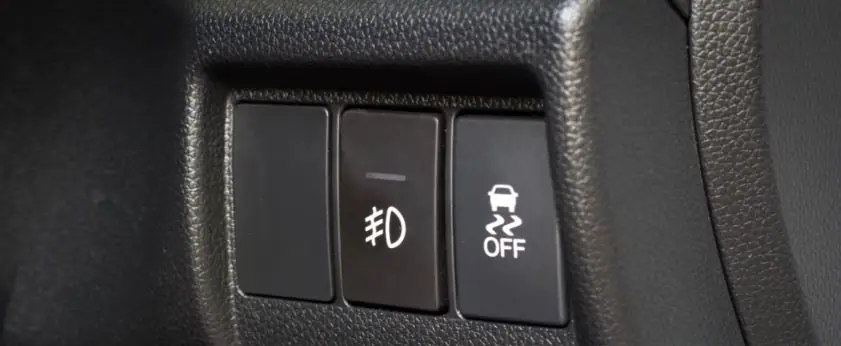
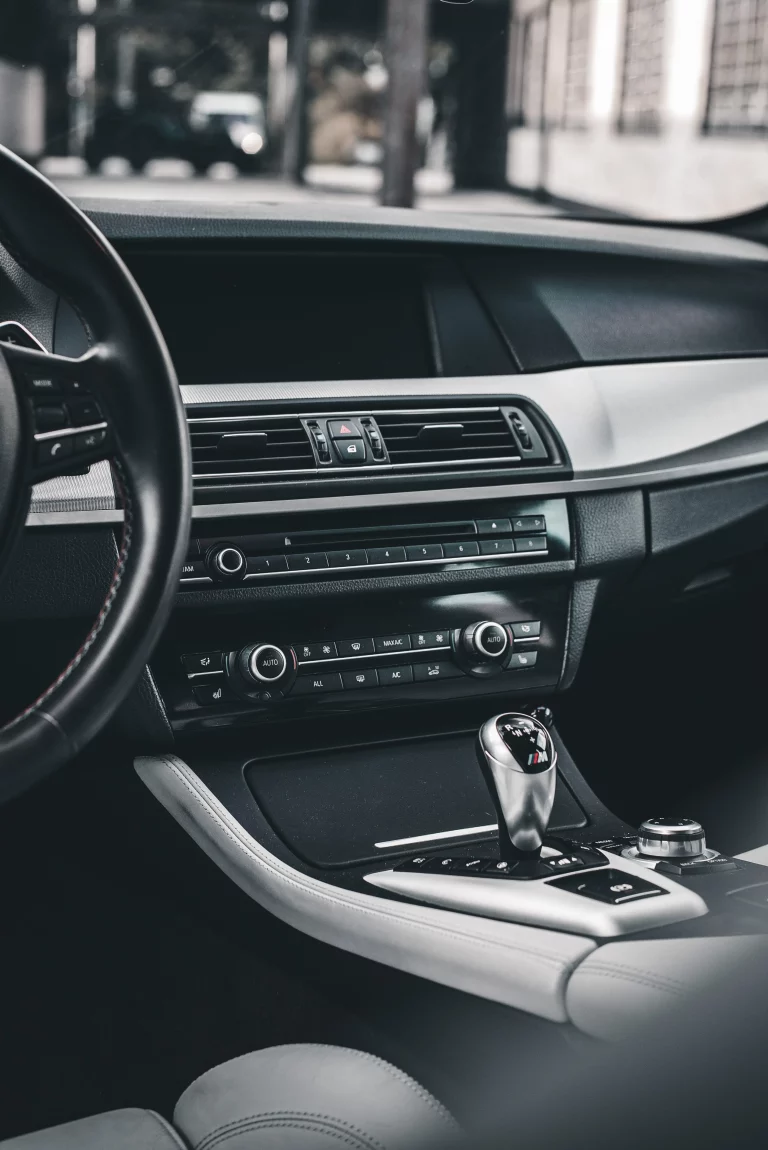
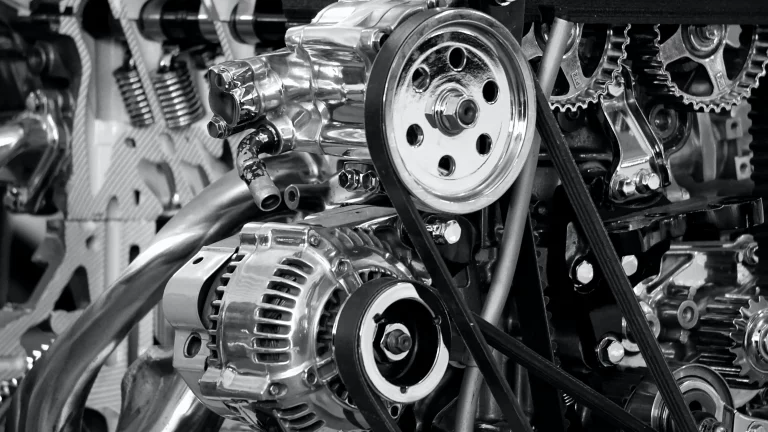
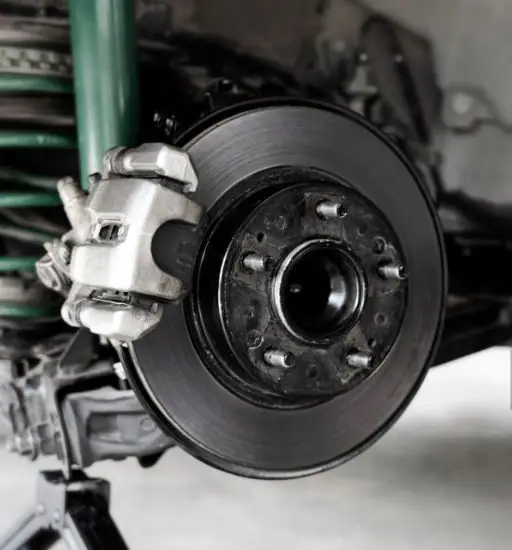
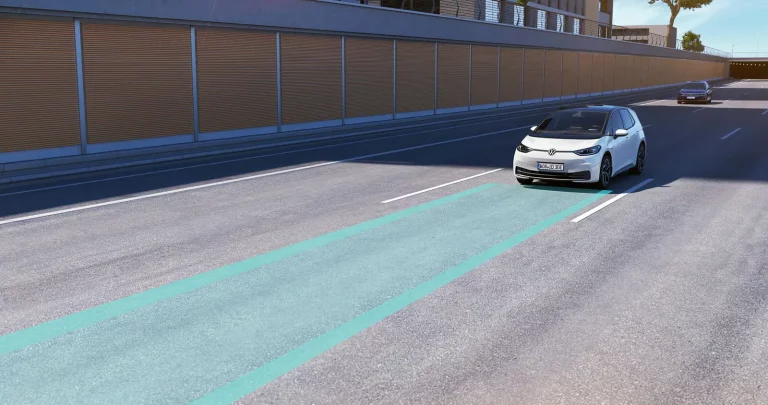

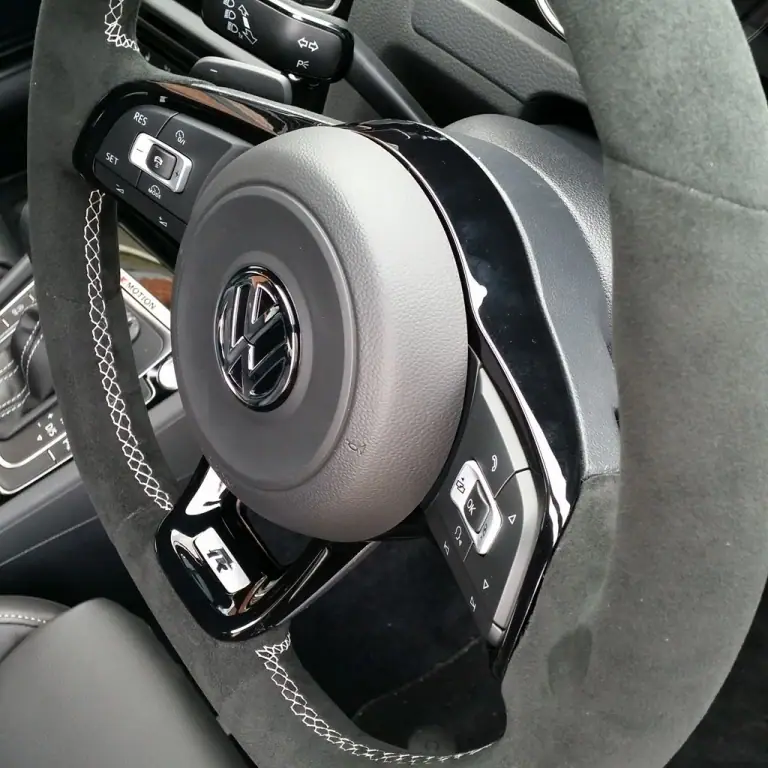
One Comment